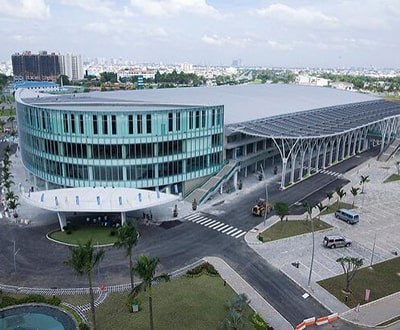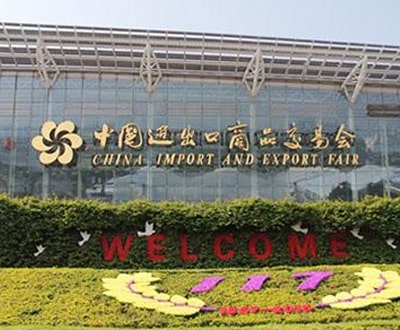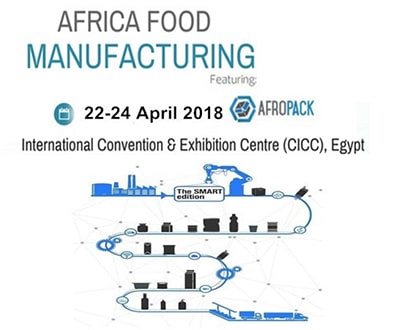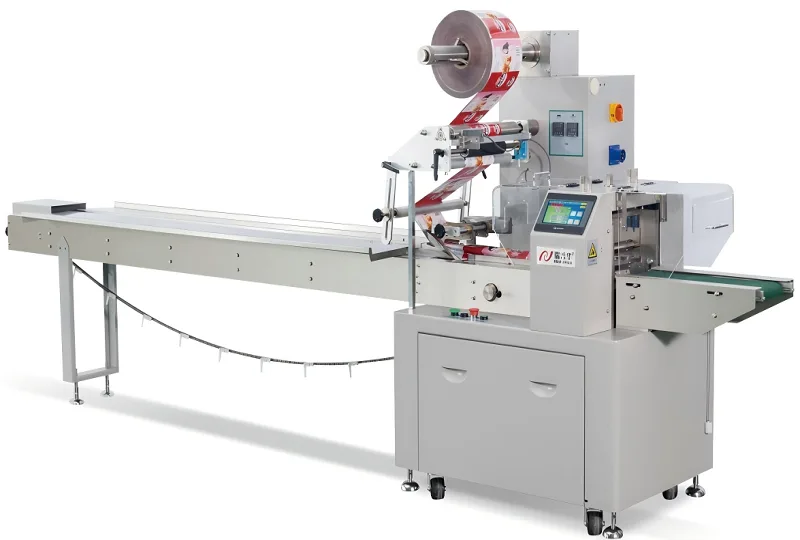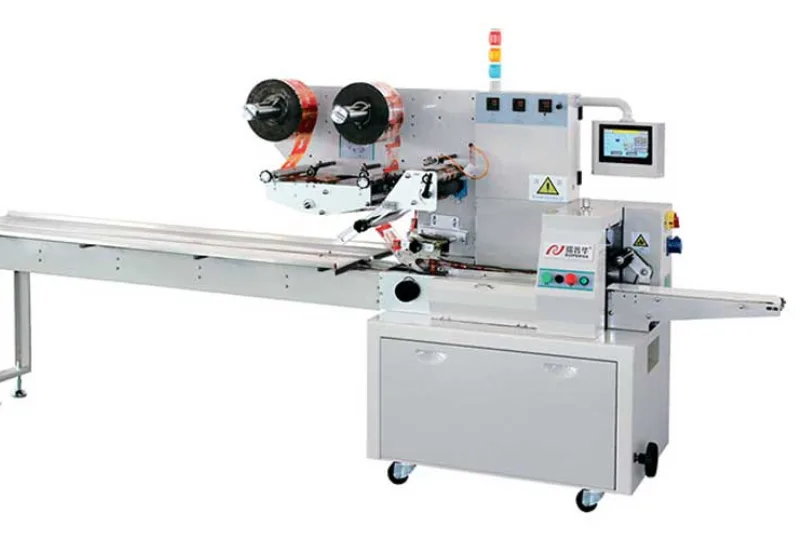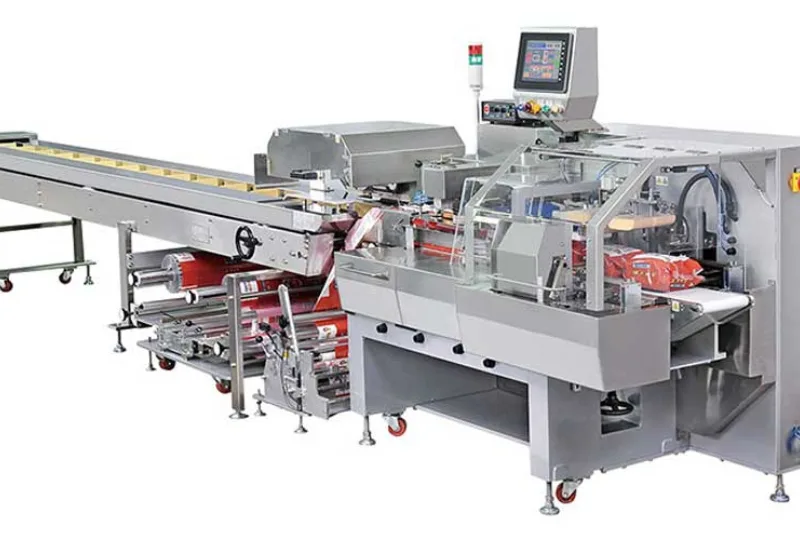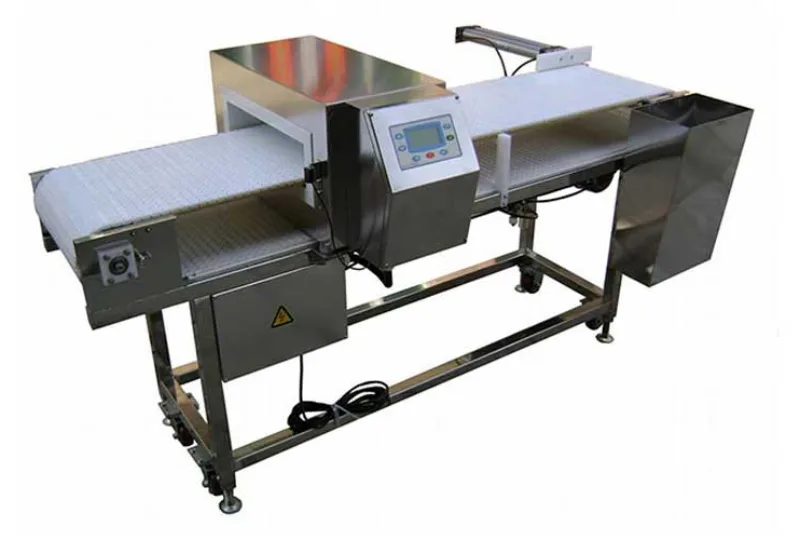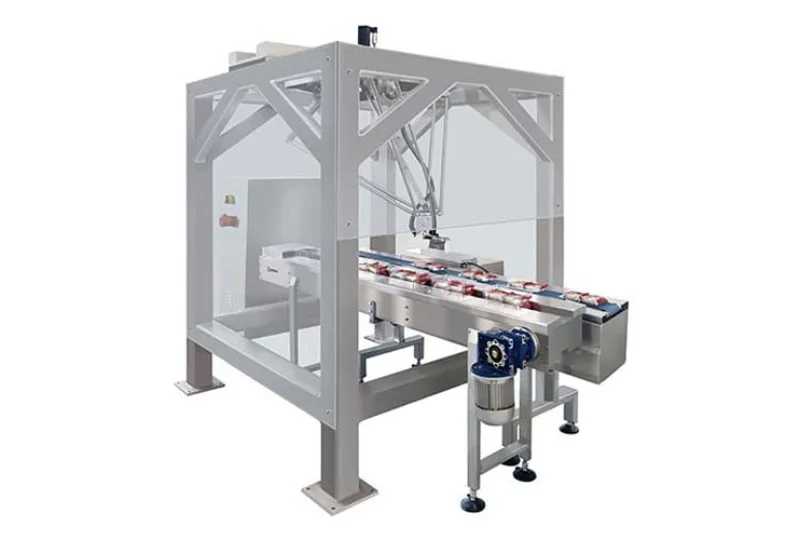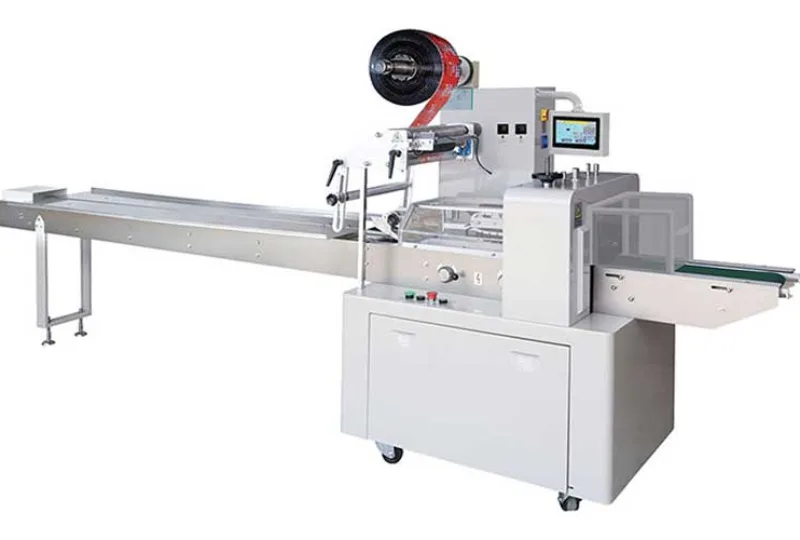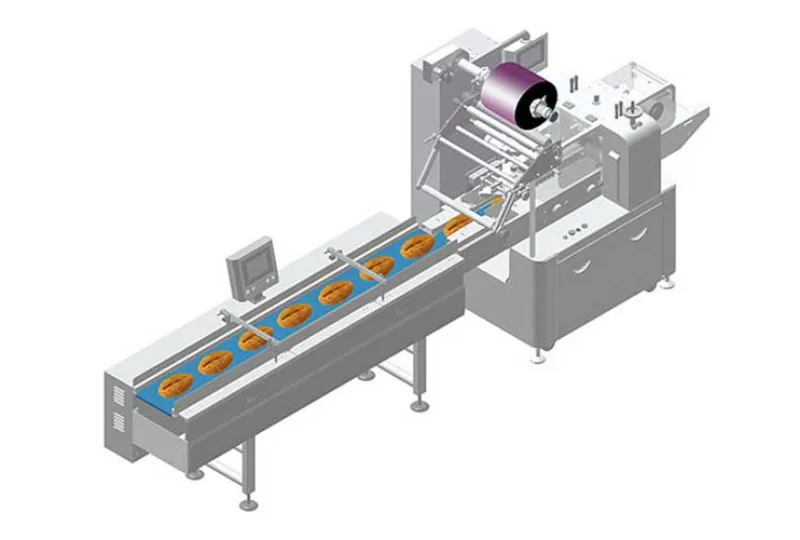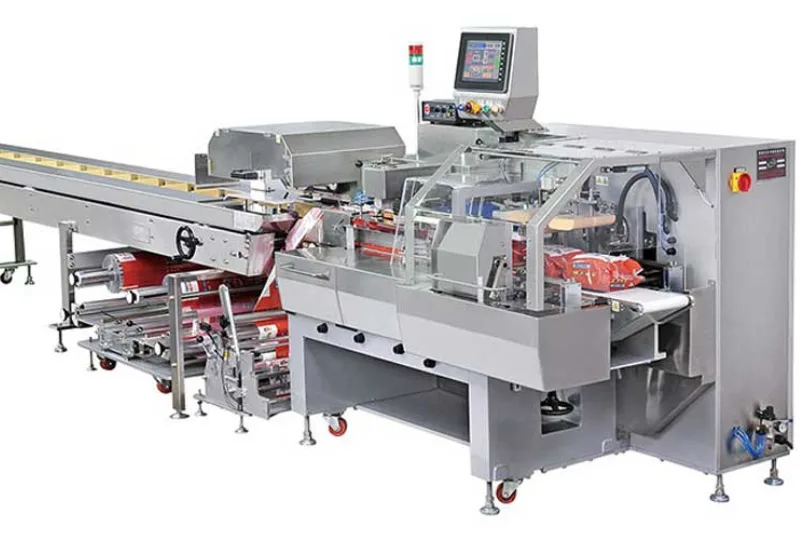The Environmental Impact of Pillow Wrapping Machines
In the realm of packaging, pillow wrapping machines play a significant role in protecting and preserving products. However, the use of these machines can have a profound impact on the environment. This article aims to shed light on the multifaceted environmental consequences associated with pillow wrapping machines, offering a comprehensive overview of the challenges and potential solutions.
Energy Consumption
Pillow wrapping machines rely heavily on electricity to operate. The process of wrapping products involves heating, forming, and sealing the packaging material, which consumes a substantial amount of energy. Moreover, the constant operation of these machines during production cycles can lead to significant energy usage.
Waste Generation
The packaging produced by pillow wrapping machines, typically composed of plastic or paper-based materials, constitutes a major source of waste. After the products are consumed, the packaging becomes discarded waste, contributing to landfills and littering. Additionally, the machine itself, once its lifespan has ended, becomes an additional waste product.
Chemical Emissions
Pillow wrapping machines often use adhesives and sealants to bond the packaging material. These chemicals can release volatile organic compounds (VOCs) into the environment. VOCs can have harmful effects on air quality, contribute to smog formation, and pose risks to human health.
Resource Depletion
The production of packaging materials for pillow wrapping machines involves the use of natural resources, such as wood for paper and fossil fuels for plastics. The extraction and processing of these resources can have a detrimental impact on ecosystems, biodiversity, and the availability of resources for future generations.
Mitigation Strategies
Addressing the environmental impact of pillow wrapping machines requires collaborative efforts from manufacturers, consumers, and policymakers. Several strategies can be implemented to mitigate these impacts:
Energy Efficiency: Manufacturers should focus on developing machines with improved energy efficiency, such as energy-saving modes and sensors that adjust energy usage based on workload.
Sustainable Materials: Shifting towards biodegradable, compostable, or recyclable packaging materials can significantly reduce waste generation and promote resource conservation.
Reduced Chemical Usage: Implementing low-VOC adhesives and sealants can minimize chemical emissions and improve indoor air quality.
Consumer Awareness: Educating consumers about the environmental consequences of packaging waste and encouraging responsible disposal practices can foster behavioral change and promote sustainable consumption.
Conclusion
The environmental impact of pillow wrapping machines is a multifaceted issue that requires comprehensive attention. By addressing energy consumption, waste generation, chemical emissions, and resource depletion, we can make significant strides towards mitigating these impacts and creating a more sustainable packaging industry. Through collaboration, innovation, and responsible practices, we can preserve our planet while meeting the needs of consumers in a sustainable way.
-
01
Automatic Tray Loading and Packaging Equipment: Boost Efficiency to 160 Bags/Minute
21-11-2025 -
02
Automatic Soap Packaging Machine: Boost Productivity with 99% Qualification Rate
21-11-2025 -
03
A Deep Dive into Automatic Toast Processing and Packaging System
18-11-2025 -
04
The Future of Bakery Production: Automated Toast Processing and Packaging System
18-11-2025 -
05
Reliable Food Packaging Solutions with China Bread, Candy, and Biscuit Machines
11-10-2025 -
06
High-Performance Automated Food Packaging Equipment for Modern Production
11-10-2025 -
07
Reliable Pillow Packing Machines for Efficient Packaging Operations
11-10-2025 -
08
Advanced Fully Automatic Packaging Solutions for Efficient Production
11-10-2025 -
09
Efficient Automatic Food Packaging Solutions for Modern Production
11-10-2025 -
10
Advanced Automatic Packaging Equipment for Efficient Production
11-10-2025



